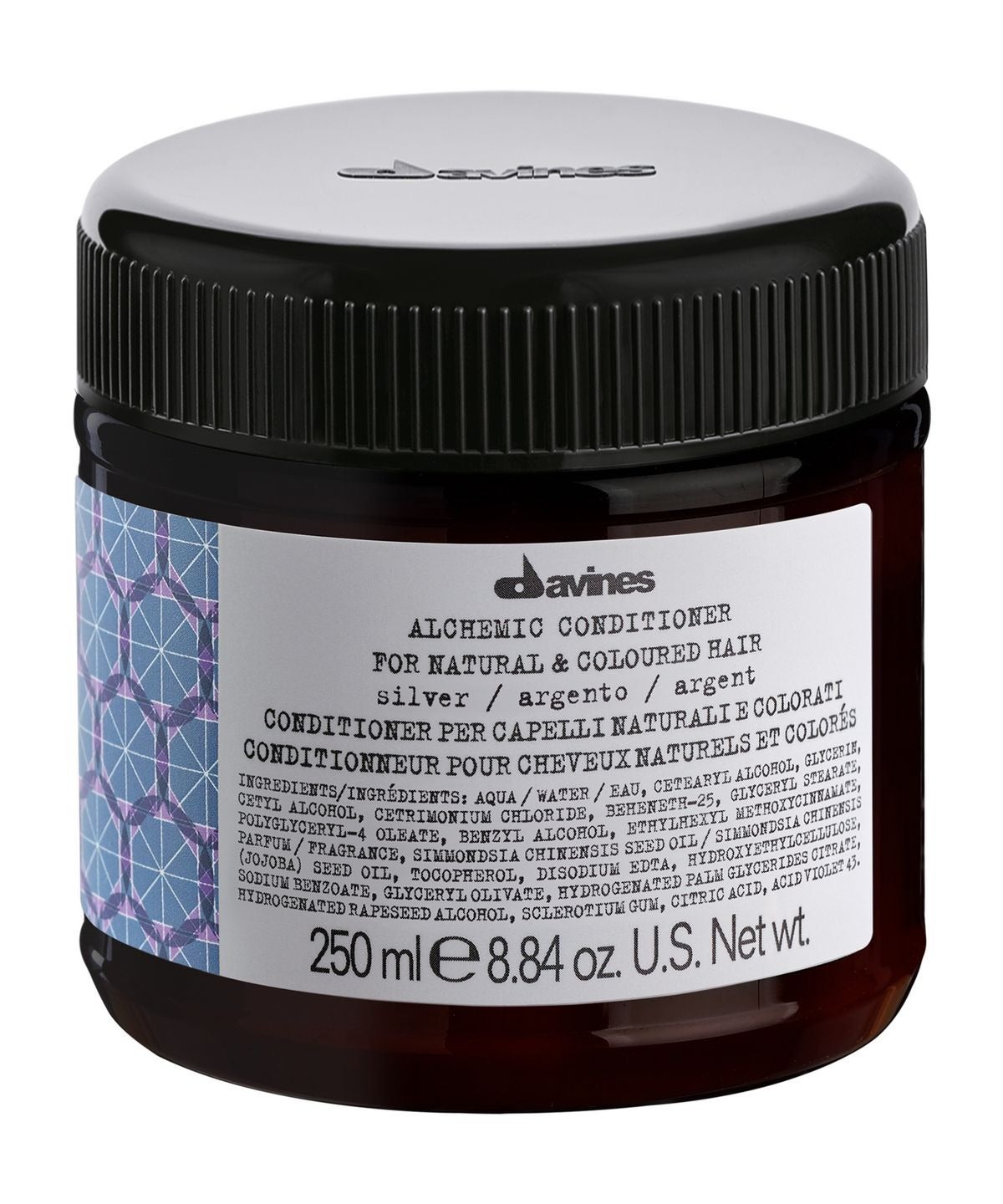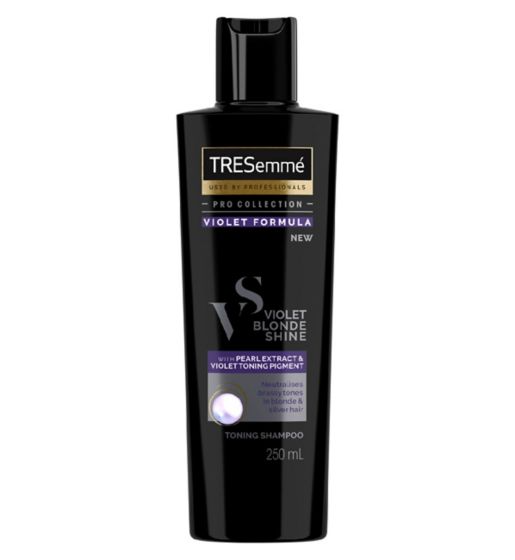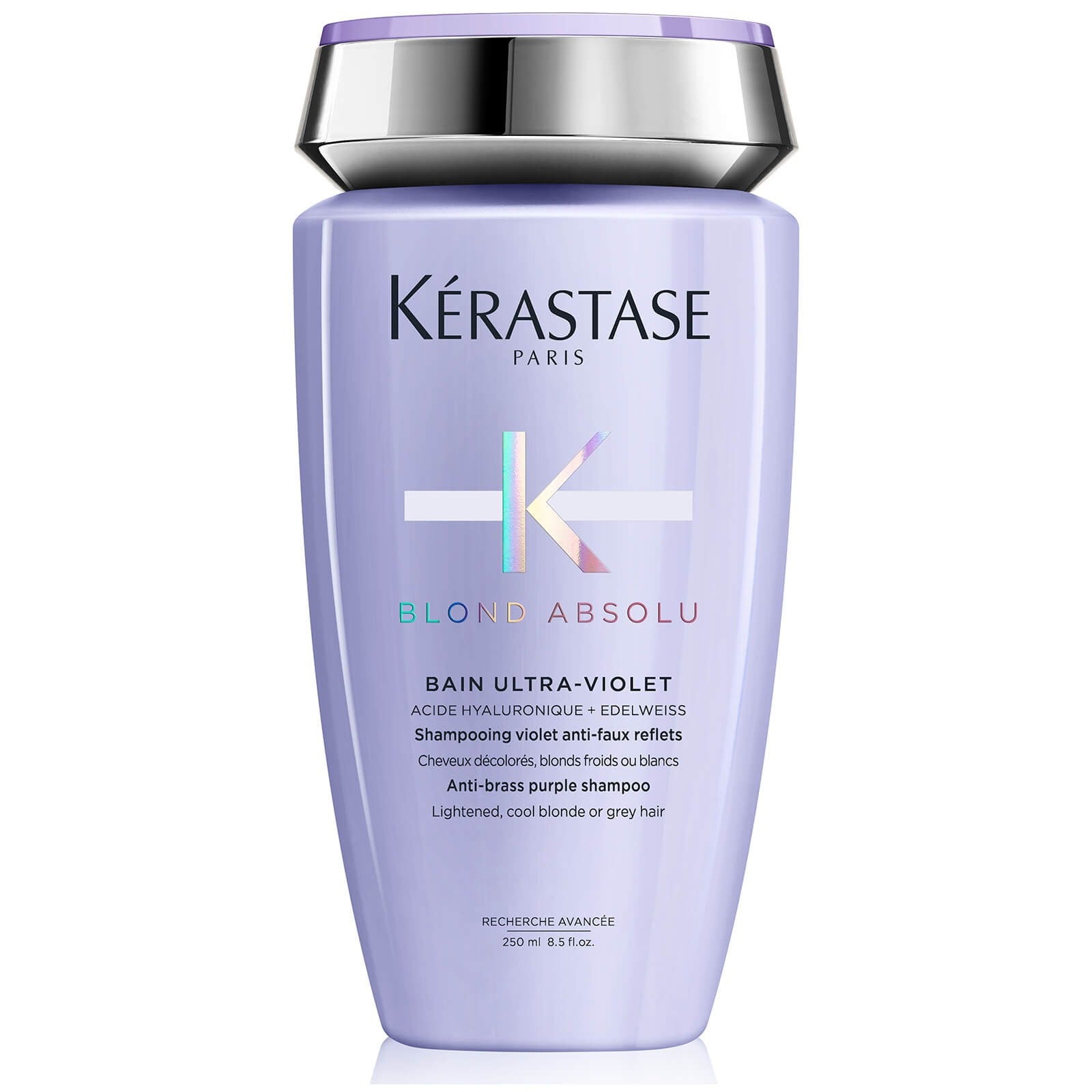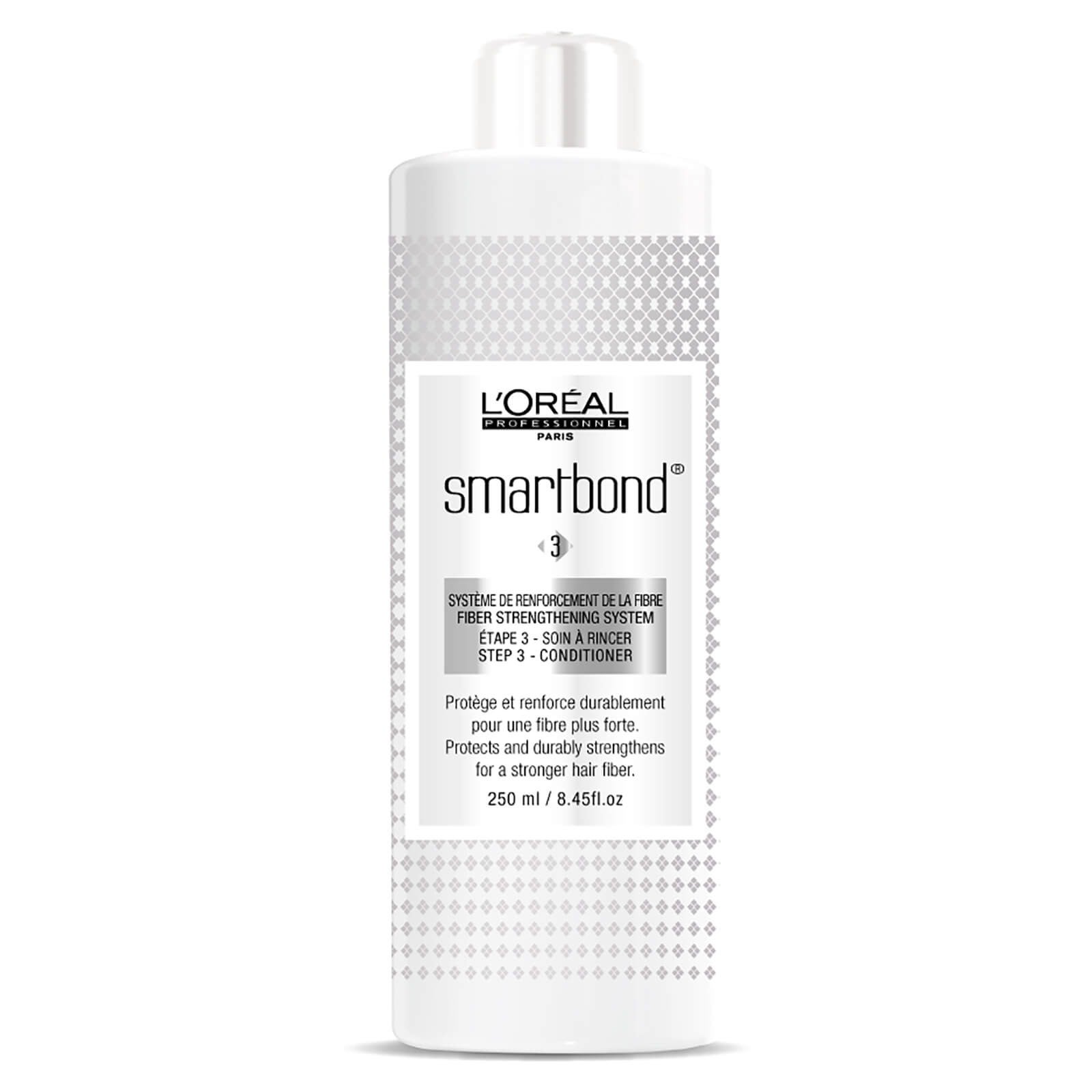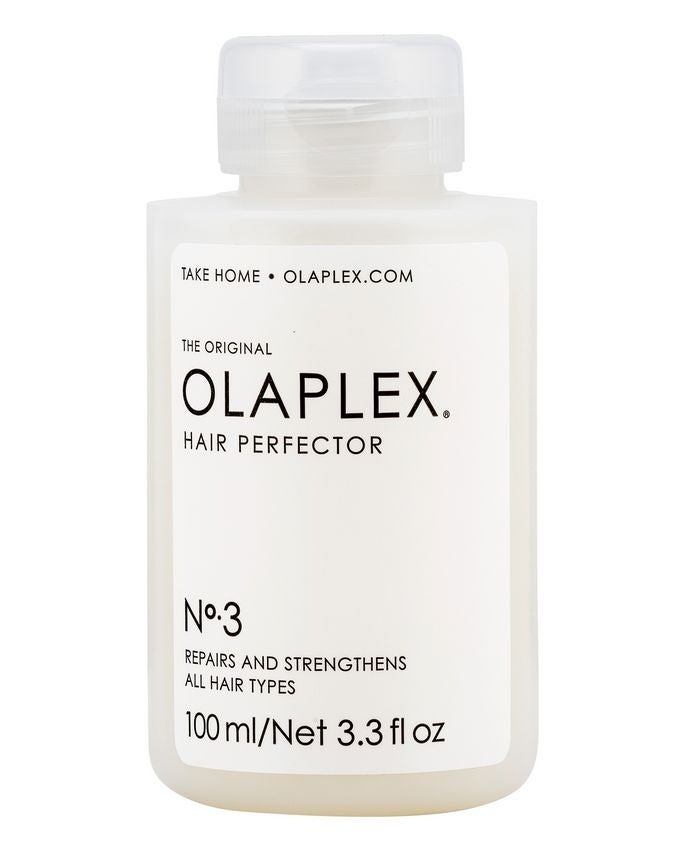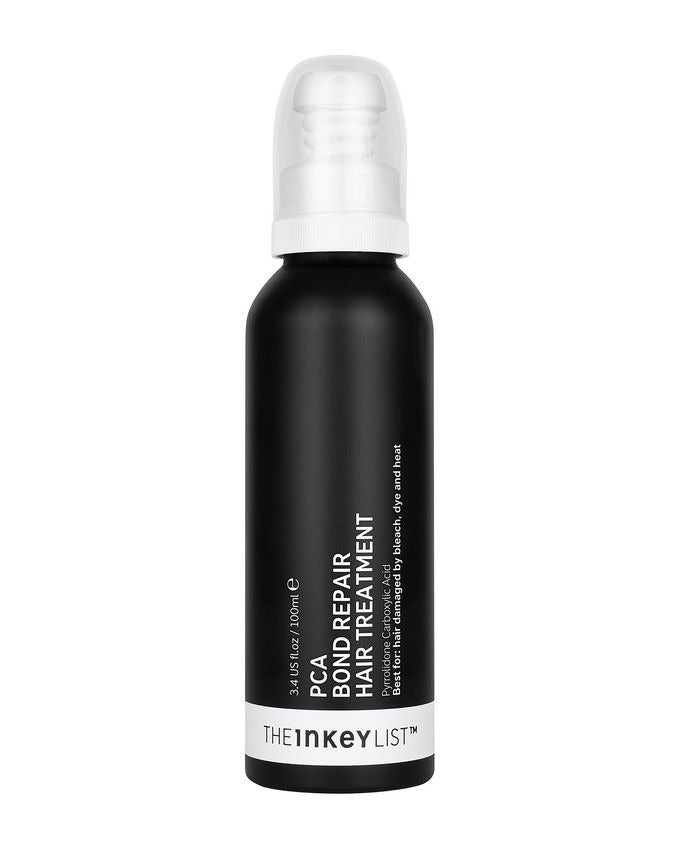Read This Before Dyeing Your Blonde Hair Brown
Photographed by Winnie Au.
It's a tale as old as hair colour: Many years, dozens of touch-up appointments, several rounds of Olaplex, and you’ve finally made the decision to go back to your natural hair colour. Not that the latest trendy shade of blonde hasn't been fun, but at a certain point the expense and damage gets old, especially when your hair is naturally dark brown or black.
But before you call your hairdresser and drop the big news, there are a few things to prepare yourself for ahead of the appointment. After years of pledging your allegiance to peroxide — whether it's just highlights or a full bleach-and-tone — you’ve probably forgotten about the treatments that make brunette hair shine the brightest, from gloss touch-ups to at-home remedies. Don't stress, we tapped the pros to answer all your burning brunette questions before you ditch your blonde hair for good, ahead.
AdvertisementADVERTISEMENT
There's A Right & Wrong Time To Go Brunette, But It's Not Seasonal
There's a myth floating around that changing your hair should follow the changing seasons. For example, it's best to blonder in the summer and darker in the winter. However, most colourists will agree that this is an outdated motto. "When you’re ready, you’re ready," says Olivia Casanova, colourist at IGK SoHo salon.
But that's not to say timing isn't important. Nikki Lee, a seasoned colourist and co-owner of L.A.'s Nine Zero One salon, tells her clients to avoid any tropical trips after your dye job. She stresses that going from blonde to brunette can take several appointments, and exposing your newly dyed hair to the sun or ocean water could potentially affect its vibrancy.
"Filling The Colour" Is Crucial
Going brunette will typically consists of three or more steps, says Casanova, each of which could take anywhere from 10 to 40 minutes. The first step? Fill the hair. "Filling" means restoring the warm pigments that were lost during the lifting and bleaching process. Similar to the many steps it takes to lighten hair, it takes work to layer colour back in. The filling process does that, but in reverse — redepositing the underlying warm shades that naturally exist beneath brown hair colours, explains Jeremy Tardo, colourist at Benjamin Salon. This way, your new brunette shade can fully saturate every last strand of hair without awkwardly fading.
We know what you're thinking: So, I can't just colour my hair a dark brown and move on with my life!? Unfortunately, your hair is most likely in an unhealthy state after undergoing lightening, which determines how easily the new, darker colour is absorbed. Lee explains that when hair is bleached over and over again, it’s difficult for any colour to truly stick. Lee explains that if you are as icy-white as Daenerys Targaryen, then your new brunette colour could settle in very dark or end up muddy. This all depends on how porous your hair is from the bleaching process. “It’s important to layer colour on top of colour until you reach your desired look,” Lee says. “Start lighter and go deeper as you dye."
AdvertisementADVERTISEMENT
It's Good To Know Your Colour Lingo
Do you prefer demi-permanent, semi-permanent, or permanent colour? Don't worry, we'll help you figure it out. Only after filling the hair can you reach the desired shade, which is often created with a semi-permanent or demi-permanent dye. Some colourists, like Lee, recommend a semi-permanent dye for the first appointment), while others, like Casanova, opt for demi-permanent formulas. What's the difference? Semi-permanent can only hold up to about six shampoos, but tends to fade without any harsh lines. Demi-permanent dye, on the other hand, can maintain its shiny colour for over 20 washes.
In short, these two options let you feel out your new colour with minimal commitment. You can always go back into the salon and request permanent dye later, but few colourists will start you with it. "I personally never use permanent colour to take someone from blonde to brunette," Tardo explains. "Permanent colour is necessary only for grey coverage or for lightening without bleach."
Your Hair Might Turn Green — But Don't Freak Yet
Although going natural means less worry about discolouration down the road, you're not out of the woods until all that processed hair grows out and gets chopped off. In fact, now you have to worry about your hair turning green. This usually happens if you go too cool in tone, as opposed to a shade with warmer undertones on the first go around. If the base colour isn’t warm enough, the new brunette colour can fade to a muddy brown or green.
AdvertisementADVERTISEMENT
Keep in mind that your hair can always change colour. "There are so many determining factors," Casanova says. The solution: Popping into the salon for a toner retouch is quick, easy, and makes a huge difference in keeping your colour rich.
Getting Lowlights Is Helpful
Going from a bleach blonde to a solid brunette is a drastic change that sometimes feels too shocking, so Lee reminds us that blonde highlights are always an option. “These are my favourite transitions because the colour ends up having a beautiful brunette dimension,” says Lee. It'll take a few appointments to nail, but it'll also help you blur any lines of demarcation.
For Tardo, it includes leaving out some of the existing blonde hair, dyeing the rest brunette, and toning the remaining blonde pieces with a colour a touch lighter than the brunette base. Want to make an even slower transition to brunette? Jenna Perry, lead colourist at New York's boutique salon White Rose Collective, suggests shading the root down and adding lowlights before returning to one solid shade.
Look Into At-Home Treatments Made For Brunettes
Yes, even bottle brunettes can go brassy, which is why Lee recommends her brunette clients to still use a purple shampoo when they notice unwanted undertones surfacing. Try TRESemme Violet Blonde Shampoo or Kerastase Ultra Violet Shampoo. If brassiness isn't a concern for you, Perry suggests ditching the purple 'poos and conditioners for colour-depositing treatments, like Davines' Alchemic conditioners that come in a variety of shades, like chocolate, copper, and tobacco.
AdvertisementADVERTISEMENT
Colour-safe shampoos are a must, especially formulas that are sulphate-free. These will ensure your straight-out-the-salon shine lasts weeks longer than it might if you opt for harsher cleansers with sulphates. Tardo adds that when it comes to styling products, make sure to use conditioning, leave-in sprays that will boost your hair colour and protect against the elements with UV filters.
Lastly, look for products, like L'Oréal Professionnel Smartbond Step 3 Conditioner, and The Inkey List PCA Bond Repair Hair Treatment, which include a bond-building technology. It won't just strengthen hair immediately, but it will slowly repair the damage left behind from your former blonde moment. And speaking of bond-building technology, you may think being a brunette frees you of your Olaplex dependency (and saves you several Sundays of pre-shampoo conditioning treatments), but alas, Perry confirms brunettes need it just as much as blondes. It might take some work, but it'll be worth it. Welcome to the dark side.
Refinery29's selection is purely editorial and independently chosen – we only feature items we love! As part of our business model we do work with affiliates; if you directly purchase something from a link on this article, we may earn a small amount of commission. Transparency is important to us at Refinery29, if you have any questions please reach out to us.
AdvertisementADVERTISEMENT







